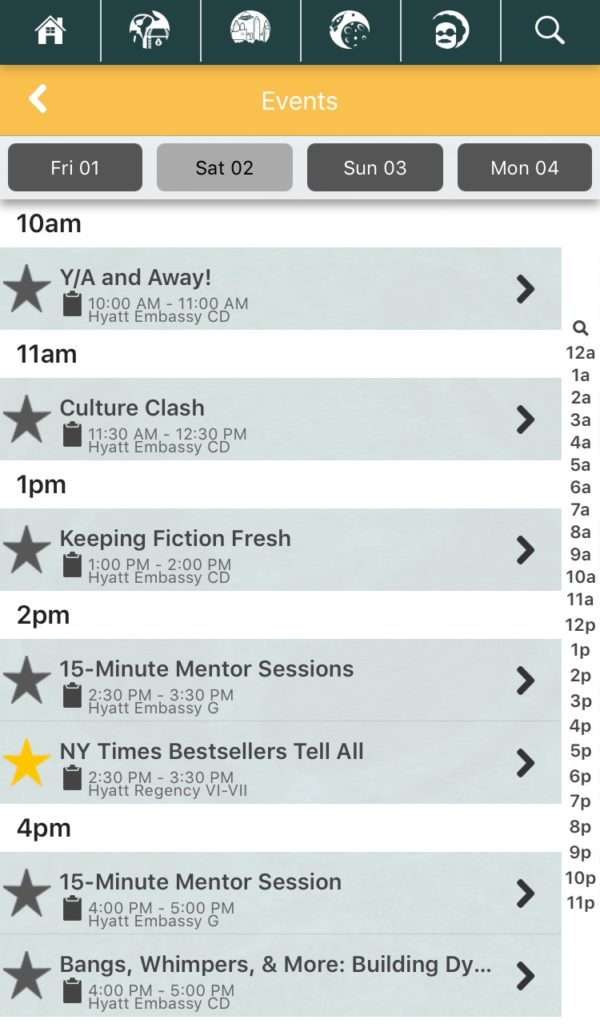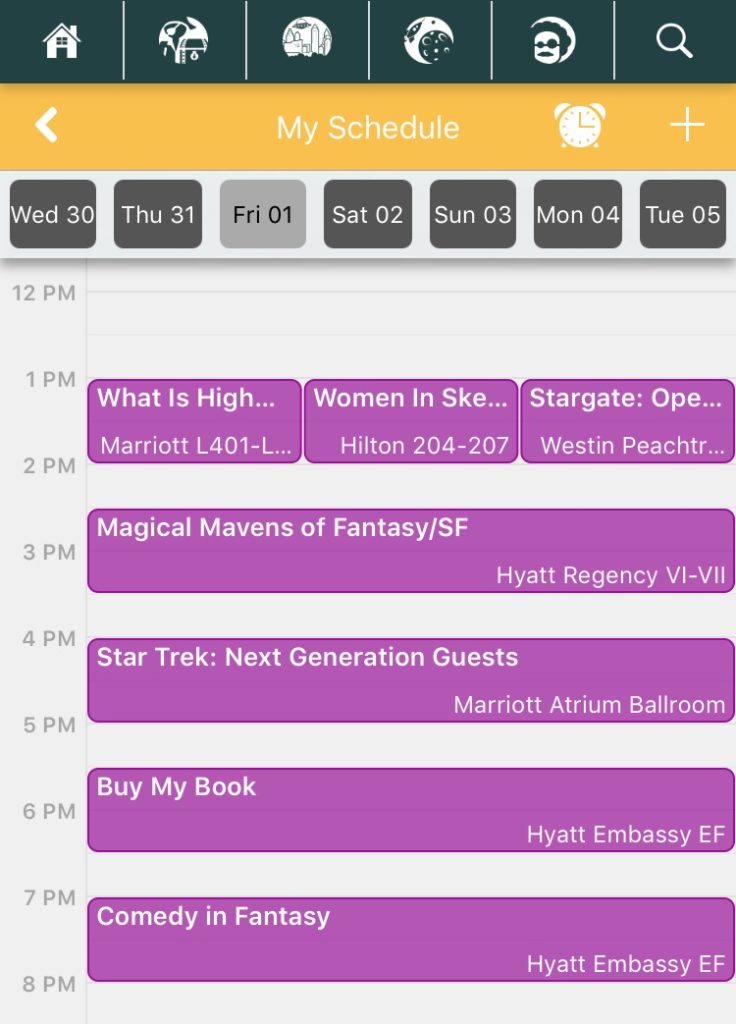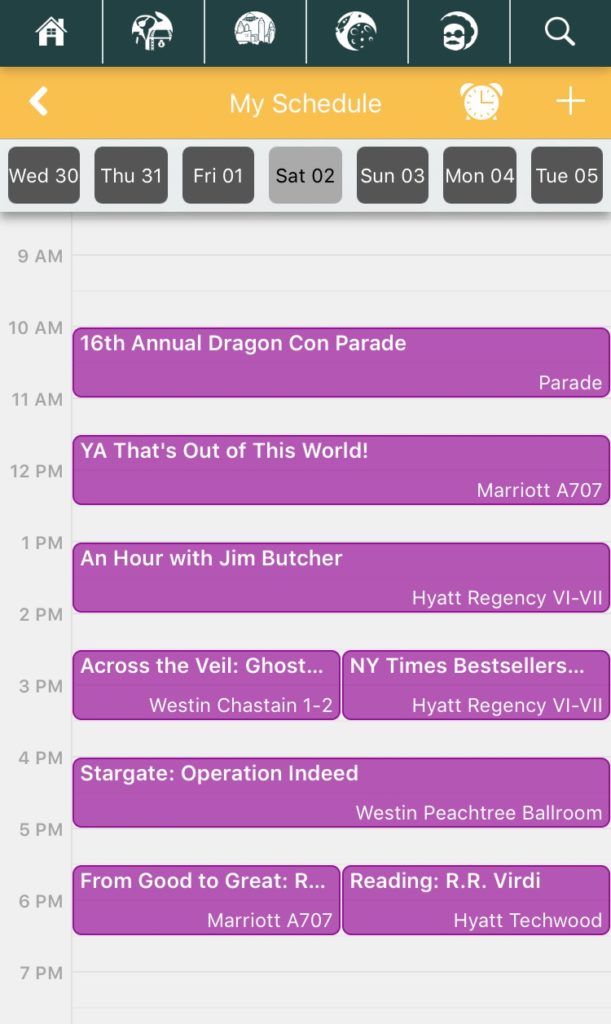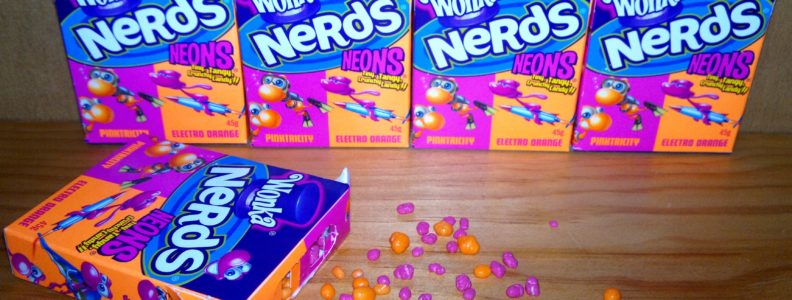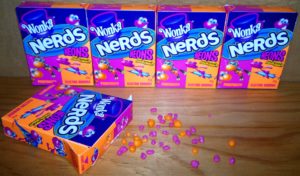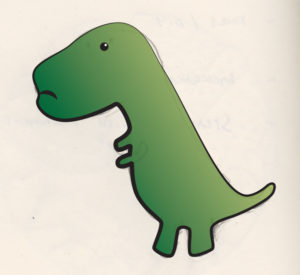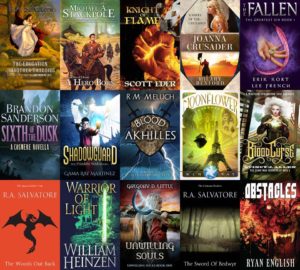If you aren’t familiar with me, I’ve hit about 60 conventions in the past three and a half years. From coast to coast and north to south, I’ve hit most of the big ones and many of the medium-sized comic, genre, and media conventions across the country. I can honestly say that Planet Comicon is in my top five conventions of all time. I’ve been there for the past three years in a row, and I’ll keep going back so long as they have me.
I need to point out that my attendance has always been with either the Word Fire Press booth or Bard’s Tower. I’ve never attended it as an individual author. However, I can say that I have several indie authors who have, and they’ve all done well at the convention… if they were go-getters, anyway (more on what that means later).
Next season, Planet Comicon will be February 16th, 17th, and 18th in it’s usual location of Bartle Hall in beautiful downtown Kansas City. This is two months earlier than it’s normal April schedule, which puts it right before Pensacon, in Pensacola, Florida, and although I’m trying to avoid back-to-back conventions, I’ll probably still try and go, because I like it so much.
So, what is there to like about Planet Comicon?
Because it’s in the midwest, the prices for vendors and artists to get space is considerably lower than one would find at bigger conventions on the east or west coast. That can make your book sales and ROI propositions much easier to manage than in other places. They advertise the convention well, take care of their attendees, and have high repeat-attendance.
Another thing about this convention is that there are a lot of readers in the area, and not all shows do. No matter when I’ve been there, we’ve always had good sales numbers. The attendees are affable and open to being approached by new and established authors alike. The folks running the convention also take good care of the artists, actors, media personalities, and vendors. I’ve never heard of any issues, and I’ve seen most of the vendors there again and again over the years. This means there’s no reason for them to take their business elsewhere.
The key here, and this goes for any convention you attend as an indie author with a table, is that you must be a go-getter. You have to engage your target market actively and non-stop. If you’re the sort of author who sits behind the table, butt in chair, watching people walk by and hoping they stop to ask you about your book, you might as well give up the business now. Stay home, write more, and submit to the Big Five. If you want to sell books, however, and put your sales in the green and well above your costs, then you need to be standing up at the table and engaging as may of the attendees as you can. The convention circuit is not for shut-ins. The second you hit that vendor floor, you have to put on your salesman hat and talk to as many people as possible.
That’s the trick to earning a living as a convention-going author.
Working a convention floor is a lot like hawking your wares in an old Turkish marketplace. It’s about being noticed, chatting up the passers-by, making friends with them, and making sure they walk away with a book in their hands and their money in your pocket.
Kansas City is a great place to do that, and once you get rolling, you may find you have an appetite for it.
I’ll add that the downtown area is a nice place to just walk around. There are shops and restaurants and a public transit rail system that lets you see more of the area if you want to take the time. There’s also some KILLER BBQ to be had all over the place. Now, if you’re on a budget, there’s a nice little market not far from Bartle Hall that allows you to get really good food by the pound, with a selection of entrees, appetizers, salads, and whatnot. They also have some pretty good sushi, if you lean that way–which I do.
Planet Comicon is on my list of favorites, because it’s a great selling environment, has a delightful downtown area, and is a relatively low-cost city to stay in, if you can manage it.
If you are looking for a solid, larger-sized convention with a strong reading audience, I heartily recommend you add it to your list of conventions for the 2018 season.
Good luck, and KEEP WRITING!
Q ~

